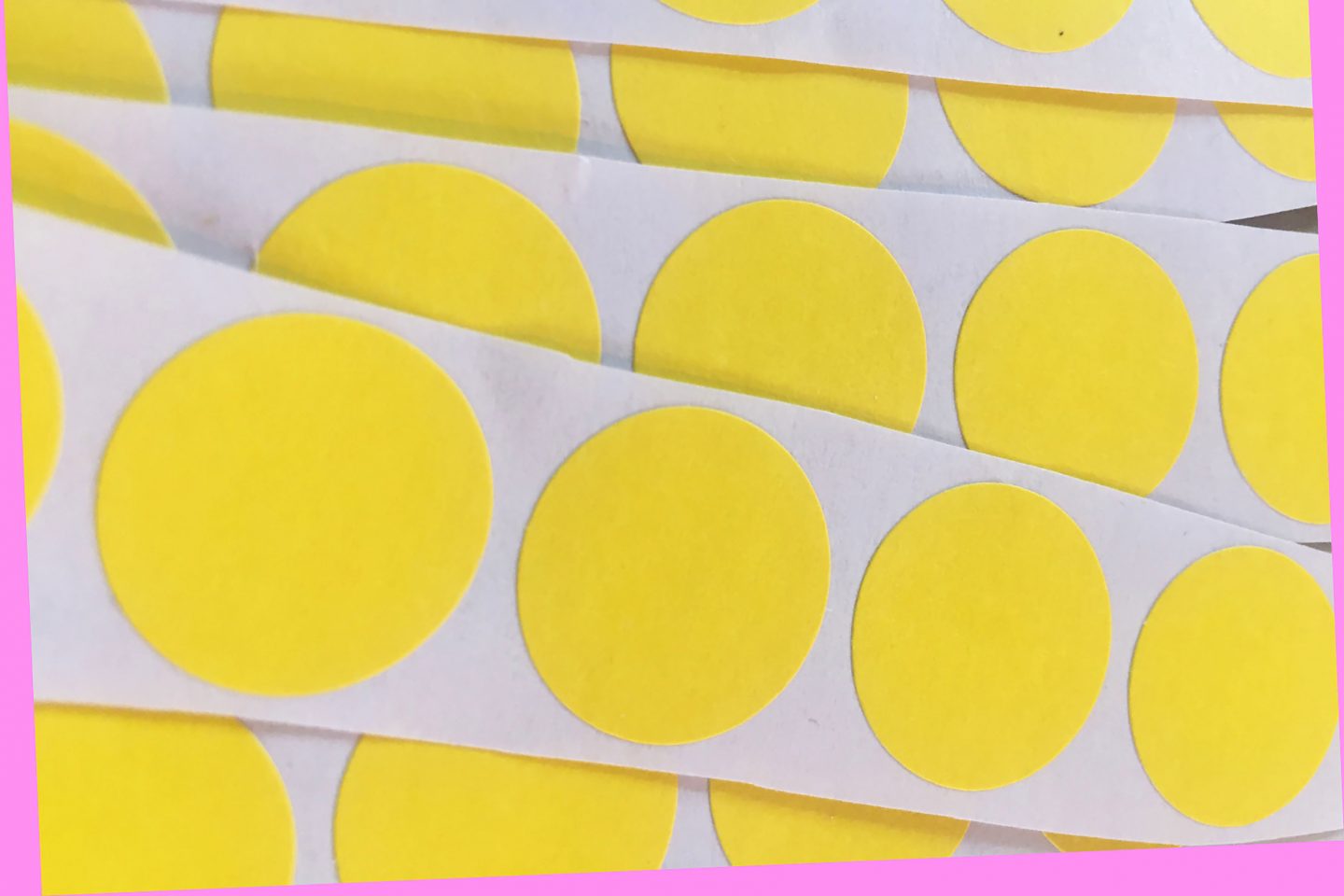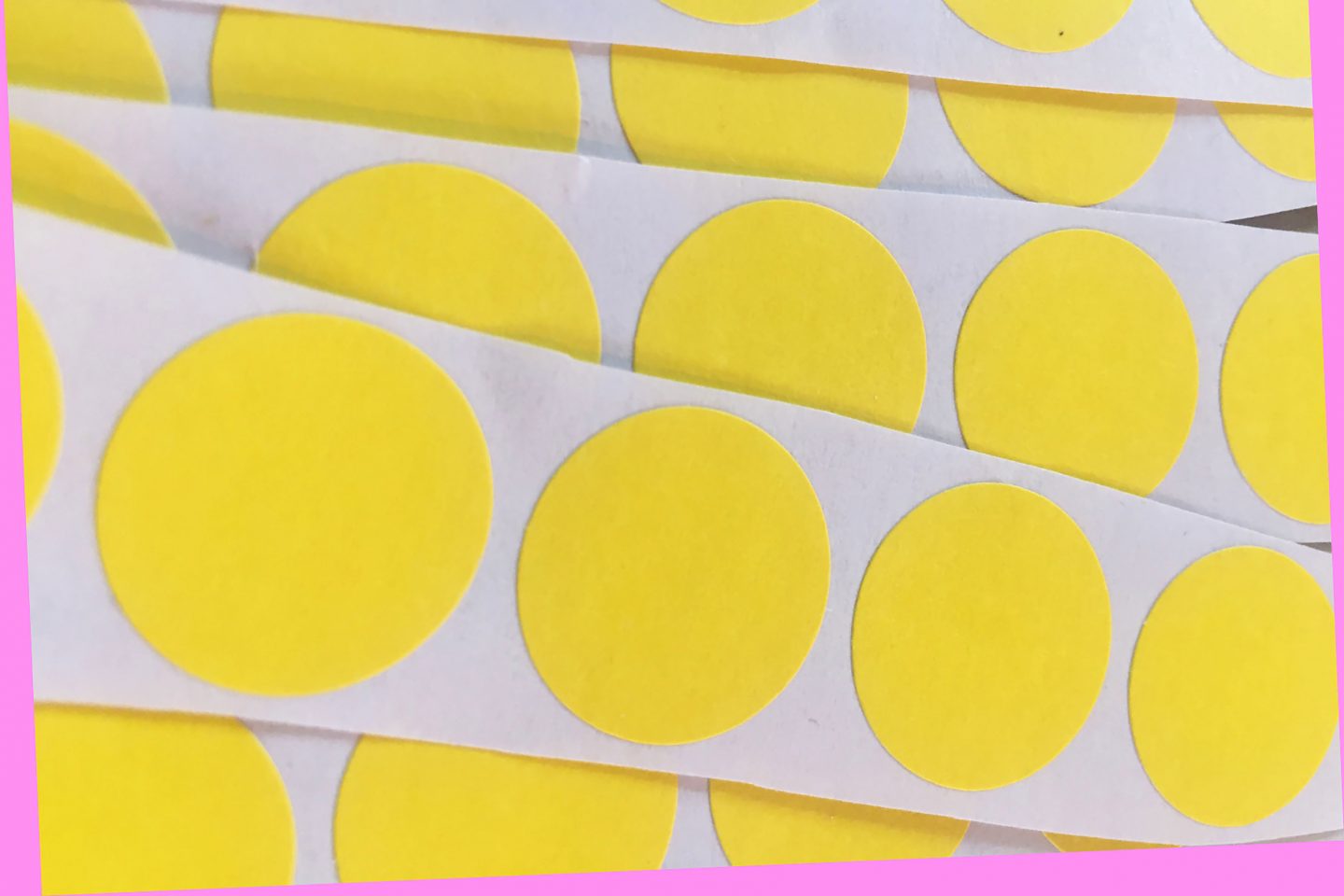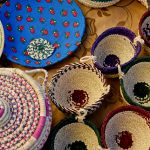Adults can play an important role in supporting children’s creativity by interacting with them in ways that open up new possibilities for learning.
This post talks about what a suggestion is and gives four tips for how they can be used in children’s art education. These ideas may be especially handy for parents, carers, educators and artists working with young children under the age of ten.
What is a suggestion?
To suggest something means to present an idea for consideration (1). A suggestion can be used to give children choices about how their learning can proceed in
Suggestions are different from direct instruction as they imply there are options (2). If a suggestion is being used, it is important to note that a child may not want to act on it. If a child does not have an option, for example, if they cannot touch artworks in an art museum, then direct instruction may be more appropriate.
The instruction could also be accompanied by an explanation as to why there is no choice. For example, “we cannot touch this artwork as we have oils on our hands that can damage it.” It may be unclear or confusing to the children if this information was delivered as a suggestion such as “perhaps you could try not touching the artwork,”

Tips for using suggestions to support creativity
Suggestions can be made verbally, such as through spoken words, or non-verbally, such as through actions. Here are four tips for using suggestions at home, in the classroom or in information learning settings.
- Tip 1: Make verbal suggestions with words. For example:
- You could have a go at… drawing the sculpture from different angles.
- This printing tool might work better if… you push harder on the handle so that the paint stamps onto the fabric.
- Maybe you could... have a look at different clay sculpture in a book… to think about how you could… design your pot using different shapes.
- How about we see if we can find… some artworks that have mirrors in them?
- Perhaps you could think about how… how the film relates to your experience of being in a family?
- Tip 2: Use body language to demonstrate techniques. Suggestions can also be made in a non-verbal way, such as through an adult’s actions. For example, a parent or teacher could show children how to use a paintbrush or a camera by physically demonstrating how this is done. This demonstration could then act as a suggestion for what a child could do next in their play.
- Tip 3: Select different materials that make different suggestions to children. Different materials encourage different sorts of learning. For example, the large paper sheets in the top photo (above) may make a suggestion for children to learn through activities such as movement, folding, hiding and touching. Alternatively, the yellow circle stickers (below) may make suggestions for children to learn through peeling, sticking, arranging and making patterns with the stickers. As a child plays with a material, it might also change form. For example, the paper sheets may be ripped, folded or become soggy. These transformations then make new suggestions for further experimentation.
- Tip 4: Arrange the physical layout of a space such as a playroom, bedroom or activity area to make a unique suggestion. The selection may include the arrangement of materials, toys, tools and equipment. This setup may then prompt different forms of play, experimentation and learning. If you are trying this out, think about how things, such as furniture, materials, toys and equipment are grouped together. For example, arranging the paper sheets in an indoor space with coloured lights may provoke a different sort of play than if the same paper sheets were presented on a clothesline outside. The placement of physical things may also encourage or prevent children’s movement in
a space .

Different materials can make different suggestions to children too. For example, these stickers may provoke different sorts of learning to paper sheets or blocks.
Please let me know if you try any of these suggestions out.
Good luck!
References
- Cambridge Dictionary online, 2017.
- MacNaughton, G & Williams, G 2009. Teaching young children: Choices in theory and practice. Second edition. Maidenhead: Open University Press
Related posts
Tips for arranging materials to support children’s learning
Children’s creative learning through the art of Sheila Hicks
Creativity and multiculturalism in children’s learning: An interview with Lorna Rose
An original version of this blog post was published on this website on July, 11 2017.





3 Comments
Pingback: Techniques for facilitating children’s learning in art museums: Questioning – Art. Play. Children. Pedagogy.
Pingback: Techniques for facilitating children’s learning in art museums: Demonstrating – Art. Play. Children. Pedagogy.
What lovely ideas!
We have just exhibited children’s work in an exhibition in our local Gallery inspired by artists’ work!
It was amazing!